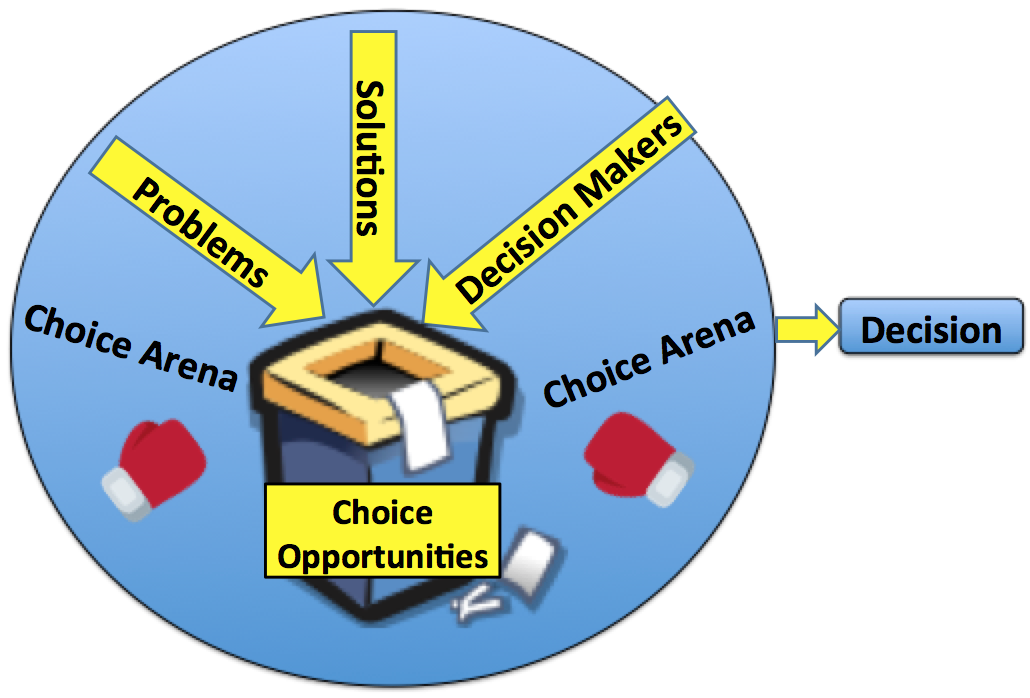image credit: https://technofaq.org/posts/2018/07/is-your-hiring-process-really-fair-think-before-you-claim/
I just completed a mock interview using the InterviewStream platform. It had eight pre-programmed questions for a potential position in higher education. I responded to each question, then reviewed my whole interview. Here are my thoughts.
I smack my lips at the beginning of most of the videos, which I found a bit annoying when reviewing it. In terms of filler words, I used “um” or “uh” a total of 79 times! Yikes, that seems like a lot for a 20 minute interview! I also seemed to hunch over instead of sitting up straight and did not maintain eye contact with the camera. (These last two items I feel were more attributable to the platform, rather than them being my natural tendency.)
For the majority of the questions, I was on point and on topic, and was able to give concrete and meaningful examples. I also did a good job of explaining how I could have done better as appropriate or how my contributions had a positive impact on my organization. There were a few times when I was babbling or off topic.
Overall, I think I did okay. I would give myself a B-range grade. The two main areas of improvement I would like to work on are giving concise, on-topic answers and reducing filler words (e.g. um). I believe that I can improve in both of these areas by feeling more confident in my material and preparing specific “main points” to emphasize for each type of question.
Honestly, I was more nervous for this mock interview than I was for my most recent job interview (just a few months ago). I think part of the difference was 1) I was dressed confidently for my real interview (not jeans and a t-shirt), and 2) I had done copious preparation for the specific job (researching the institution, position, preparing a deliverable to share, etc.) where as for the mock interview, it was difficult to conceptualize the context as well. However, it was good practice to answer some generic questions that I find difficult at times (e.g. “tell me about yourself.”)
If you want to watch the video and give me feedback, I surely would appreciate it! Here is the link: http://outreach-psu.interviewstream.com/link/?nNbskux5DW4X
Be well!

 image credit: http://www.callcentersurvivalph.com/2011/11/tips-on-getting-along-with-co-workers.html
image credit: http://www.callcentersurvivalph.com/2011/11/tips-on-getting-along-with-co-workers.html